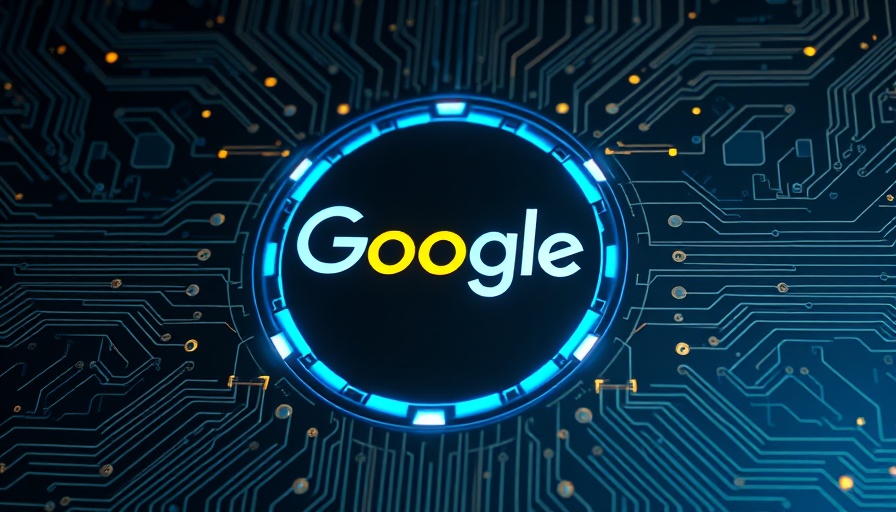
Can AI Help Creativity Flourish Without Undermining Artists' Rights?
As generative AI reshapes the landscape of creativity, it brings forth a variety of opportunities and challenges, particularly in the realm of artistic expression. The crux of the matter revolves around whether AI can supercharge creativity without infringing upon artists' rights. This issue is emergent in a landscape currently dominated by innovation, particularly in technology-driven and marketing-centric industries.
Understanding the AI-Artistic Relationship
The rise of AI tools capable of generating music, images, and even written text is creating exciting possibilities for creators and businesses alike. These tools allow individuals to tap into their creative potential, producing media content instantaneously with just a few keystrokes. However, this easy-to-access technology raises significant ethical concerns regarding how artists' original works are utilized without consent.
Many leading AI models have been trained on vast datasets that inevitably include copyrighted materials. This has given rise to a contentious debate about ownership, compensation, and the broader implications for the artistic community. As Ed Newton-Rex, founder of Fairly Trained, points out, the use of artists' creative works without their explicit permission results in a loss of control over their intellectual property, which is an ongoing battle in today’s digital age.
The Ethical Quandaries of Generative AI
Generative AI raises complex questions about ethical usage and balancing innovation with the rights of the original creators. From artists' perspectives, concerns about losing income due to AI-generated content flooding the market are valid. When AI generates media that closely mimics an artist's style, it creates an oversaturated marketplace, risking the financial viability of human creators. Furthermore, the pandemic of unlicensed use challenges copyright laws that were primarily designed for a pre-AI landscape.
Legislative responses, such as the Generative AI Copyright Disclosure Act, are underway to require companies to disclose data sources when training their models. This law aims to safeguard artistic integrity while promoting transparency in AI practices. Lawmakers and artists alike understand that without comprehensive regulatory frameworks, the rights of human creators remain unprotected in an ever-evolving digital world.
Exploring Global Perspectives on Regulation
Different countries are taking varied approaches to address the challenges posed by AI in creative industries. The European Union, for instance, emphasizes rights-based regulations that allow for copyright owners to opt-out of their works being used in AI training datasets. This approach empowers creators while ensuring that their works do not unintentionally form the basis of new AI-generated content.
In contrast, the United States has favored a more market-driven approach that might not adequately protect artists' rights. The work of AI companies must be aligned with legislative efforts to ensure fair compensation and prevent exploitation. This necessitates collaboration across borders to develop a coherent and adaptable regulation that respects creative rights while encouraging technological advancement.
Future Trends and Predictions in AI and Creativity
Looking towards the future, integrating AI technology within creative industries offers an opportunity for artists to collaborate closely with AI rather than see it as a threat. Companies are exploring innovative systems that not only respect artists' contributions but also ensure they receive fair compensation. For instance, advanced attribution methods are being developed to track how much an AI-generated piece is influenced by original human works. This type of transparency is critical in fostering a trustful relationship between artists and AI developers.
Moreover, new platforms and tools are emerging that empower artists to manage their digital assets efficiently while still benefiting from AI advancements. Tools that allow artists to dictate how their works are utilized in AI training will become essential as we embrace a new era of creativity that leverages technology responsibly.
Charting a Path Ahead While Preserving the Human Touch
The challenge lies in creating a harmonious balance between technological innovation and human creativity. It is crucial for business leaders and policymakers to collaborate in developing frameworks that foster innovation without marginalizing artists. As decisions are made about AI's integration into creative fields, one foundational principle must be the recognition of artistry's intrinsic value alongside the exciting possibilities technology offers.
The artistry of tomorrow must embrace both human ingenuity and artificial intelligence—where the unique emotional depth of human creative expression meets the efficiency and scalability of AI. By proactive engagement with the ethical implications of AI’s use, we can shape a future where creativity thrives and is appreciated fairly.
In closing, if you are a CEO, marketing manager, or business professional, it is essential to stay informed and actively contribute to discussions about ethical AI implementations in your industry. The future of creativity is collaborative, and engaging with these developments is vital for ensuring a healthy ecosystem for artists and innovators alike.
 Add Row
Add Row  Add
Add 




 Add Row
Add Row  Add
Add 

Write A Comment